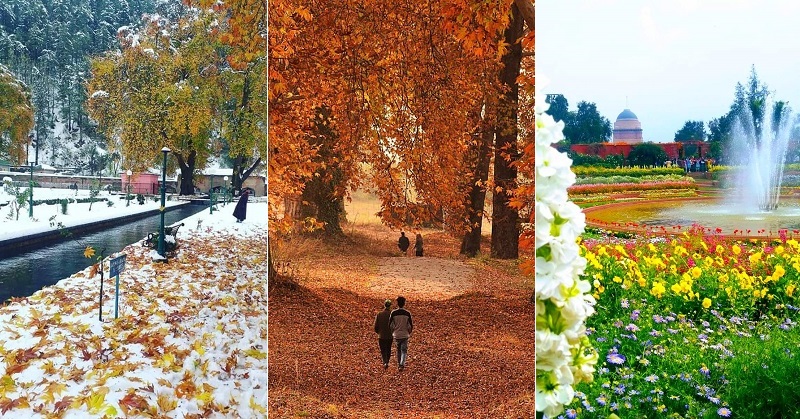
Whenever we have a survey of the gardens in India, we will always find the gift that the Mughals gave to this country with respect to gardens. Their style, astonishing architecture, and the designs make these gardens a place to look for. The Mughal emperors were quite passionate about buildings. They built many mosques, tombs, and gardens all over the country. Their architecture, style is fascinating for how they match and blend with nature effortlessly. They have this intricate style where they build canals in the middle of a rectangular park that is unmatchable. If we look at Charbagh, it has this Islamic and Persian style and it is a masterpiece in itself and such style can be found in many popular gardens of India. Mughal gardens have a characteristic of having pools and fountains around.
We have made a list of some Mughal Gardens that one must consider visiting!
ADVERTISEMENT
1. Shalimar Bagh, Srinagar, Jammu and Kashmir
This is the biggest Mughal Garden with 12.4 hectares in size and with three terraces. It means the abode of love. Jahangir built this garden for his wife Noor Jahan. It has a black pavilion on the top terrace that has inscription sin Persian by the poet Amir Khusrow.
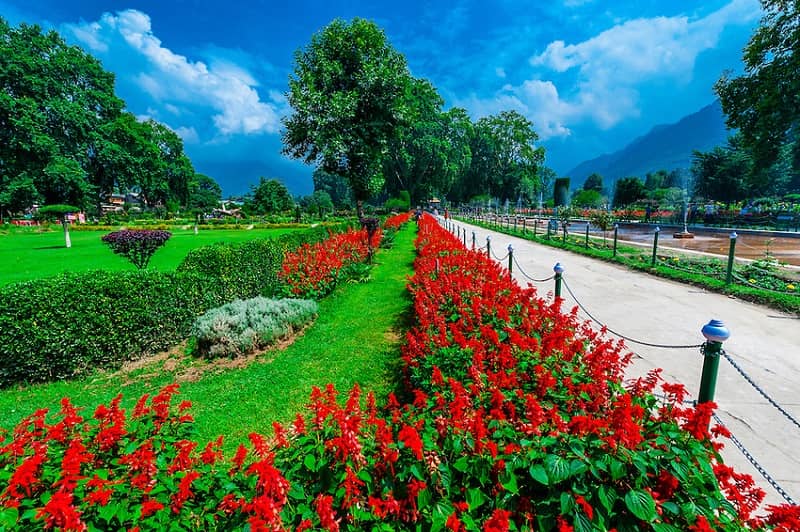
2. Rashtrapati Bhawan, New Delhi
The Mughal gardens of Jammu and Kashmir and the garden of Taj Mahal inspired Sir Edwin Lutyens to build this garden for Lady Harling. It is in Delhi and has three sections, namely Peral Garden, Butterfly Garden, and Circular Garden. Full of rare flower species and greenery that is eye-catching, this garden looks mesmerizing. Lady Harling said that the gardens were like heaven while she stayed at the Presidential Palace.
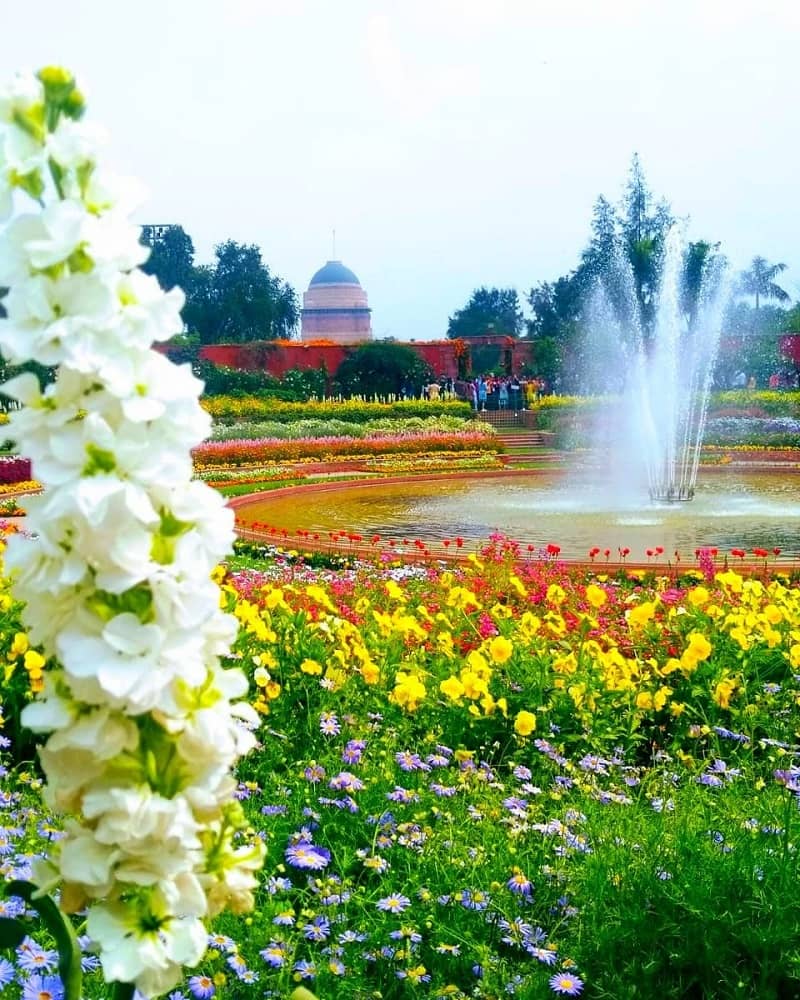
3. Taj Mahal Garden, Agra, Uttar Pradesh
Taj Mahal is among the Seven Wonders of the World and the garden adds a lot of the tomb. It has a 300 m sq. complex and uses raised pathways that together divide each of the four-quarter gardens into 16 sunken flowerbeds. The garden is said to be designed by Ali Mardan who is also the architect of the Shalimar gardens in Jammu and Kashmir.
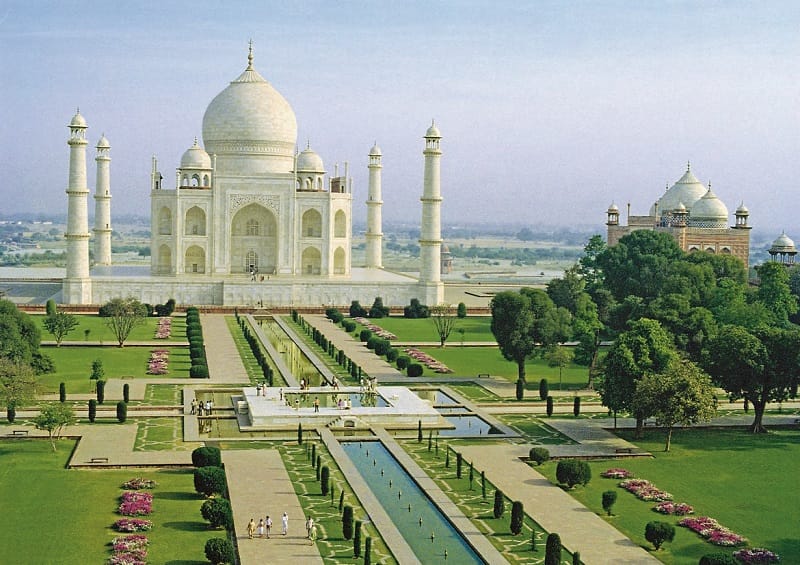
4. Verinag garden, Anantnag, Jammu and Kashmir
Located around 70 km from Srinagar, this garden has a total area of 5.3 hectares and has beautifully manicured lawns and big Chinar trees that add more beauty to the garden. The garden was built by Jahangir and Shah Jahan in their times, into parts. There is a sprig that had spell bounded Jahangir for which he made a pool, a pavilion and a garden around it and then his son, Shah Jahan who made the garden even bigger.
ADVERTISEMENT
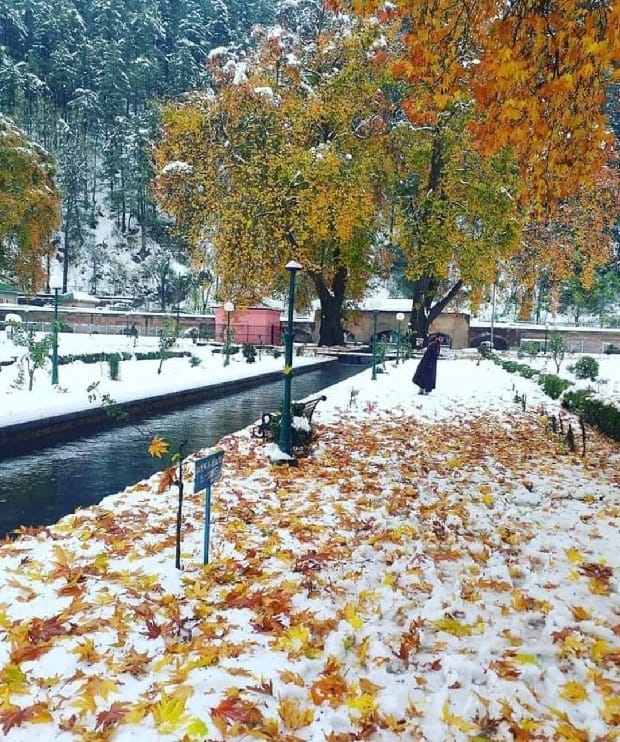
5. Humayun’s Tomb, New Delhi
This was the first Mughal garden-tomb, built by Bega Begum. The big area of Charbagh is spread in 30 acres of land, has a quadrilateral layout and it was first of his kind in South Asia. There are two bisecting water channels that reflect the rivers that flow in Jannat.
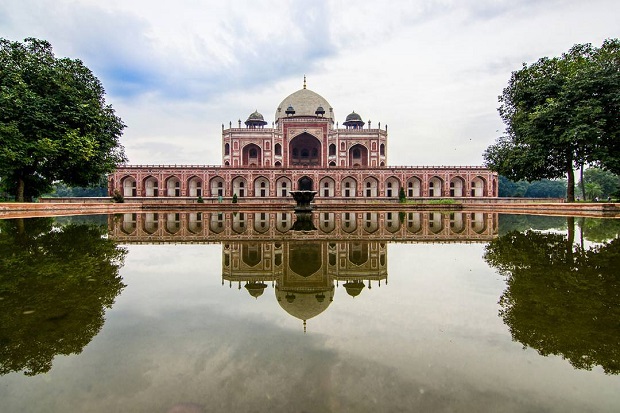
6. Yadavindra Gardens, Pinjore, Haryana
Located in Haryana, it was earlier called Pinjore garden. It has a Sheesh Mahal in the first terrace, rang Mahal in the second terrace and a cube-like Jal Mahal in the third terrace, which has a lot of fountains. It is a great place for relaxation.
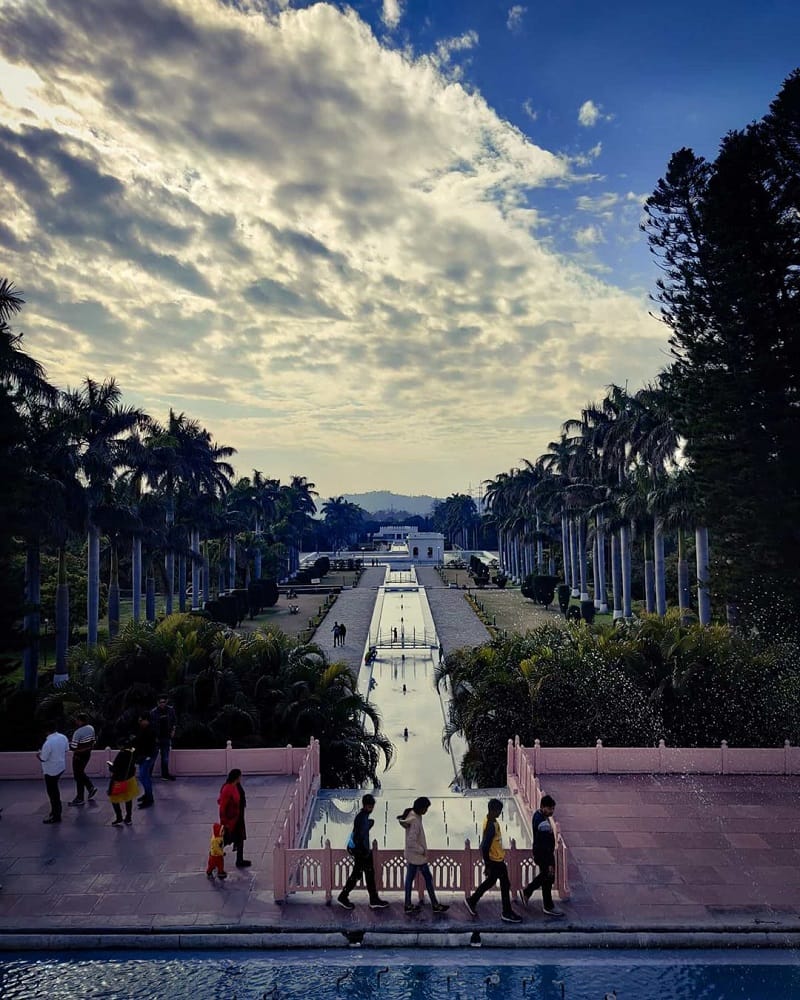
7. Safdarjung Tomb, New Delhi
This is like a smaller version of Humayun’s tomb and it is surrounded by 280 m walls on each side. It has a Charbagh layout too and has a larger garden, tanks, and fountains along the pathway at the center. The tomb sits exactly at the center of the garden. It was built on a podium that was elevated and is around 50 m in height.
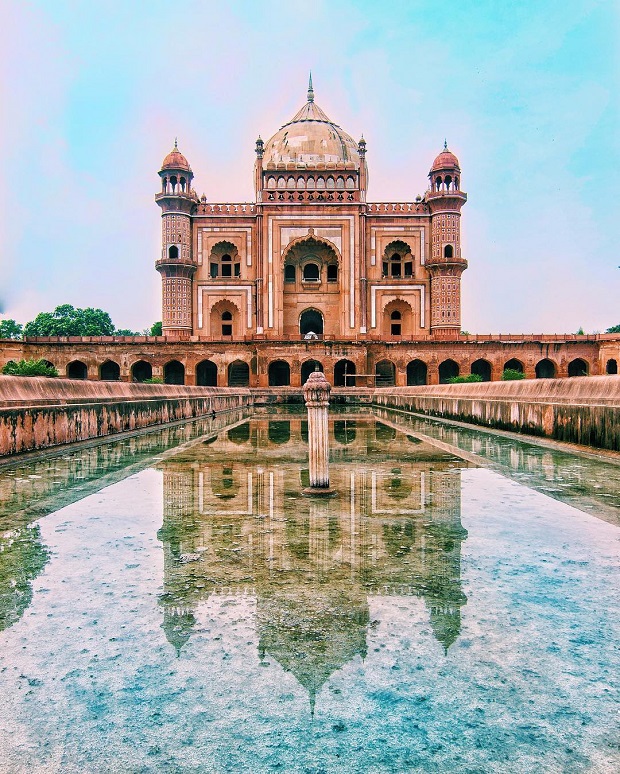
7. Khusro Bagh, Prayagraj, Uttar Pradesh
There are three tombs, Tomb of Khusro, Tomb of Shah Begum and Tomb of Nithar, located in Allahabad, UP. Each tomb has beautiful Islamic inscriptions, cenotaph, gorgeous panels, and motifs. There are beautiful paintings on the roof. Mango and Guava trees adorn the place.
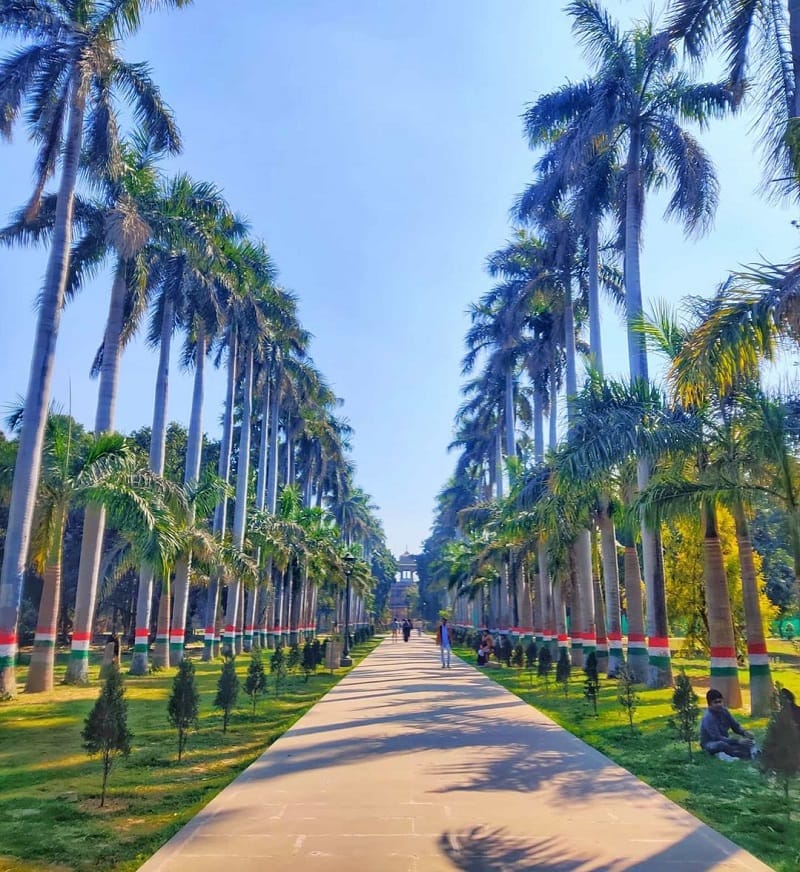
8. Nishat Garden, Srinagar, Jammu and Kashmir
Located in Srinagar, the name means Garden of Delight, Garden of Joy. This is one such Mughal garden that is more delightful and vivid than the Shalimar garden as it has 12 terraces that represent 12 zodiac signs and a water canal of 4 meters having Chinar and Cypress trees on both sides.
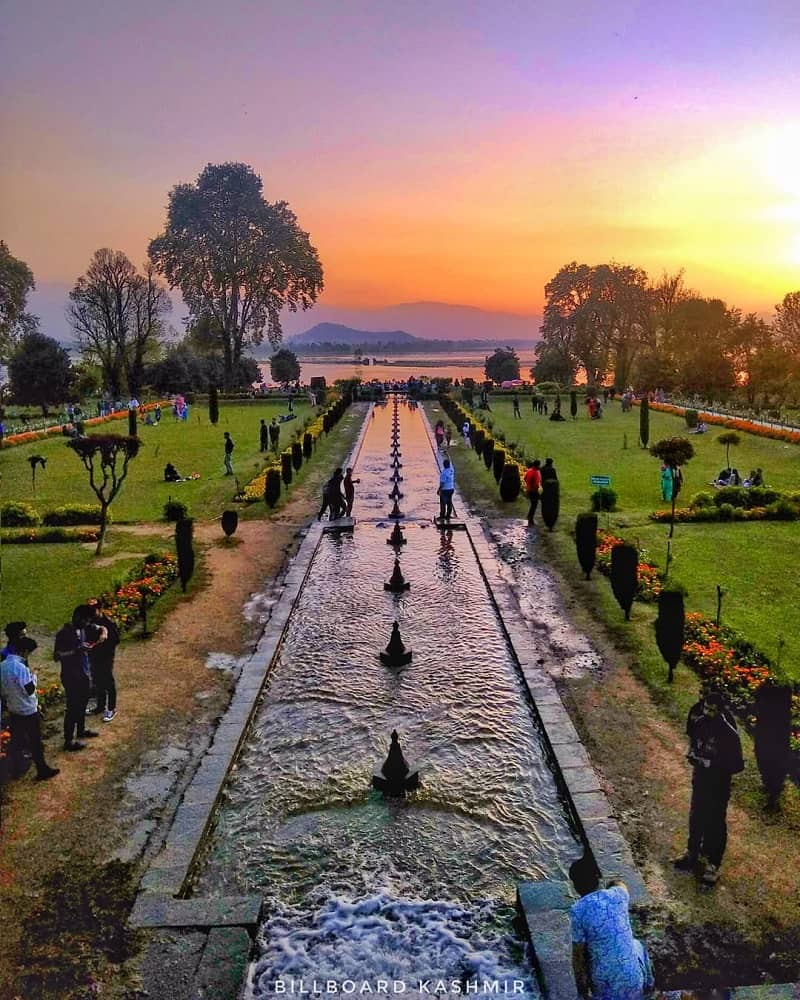
10. Roshanara Garden, New Delhi
It is located in Shakti Nagar near Kamla Nagar clock tower in Delhi, built by Roshanara Begum. The corner of the garden has the ruins of her palace and tomb. The other parts of the garden are lush green because of trees and plants. There are ancient trees and also a pond that attracts the birds that migrate during their migrating seasons.
ADVERTISEMENT
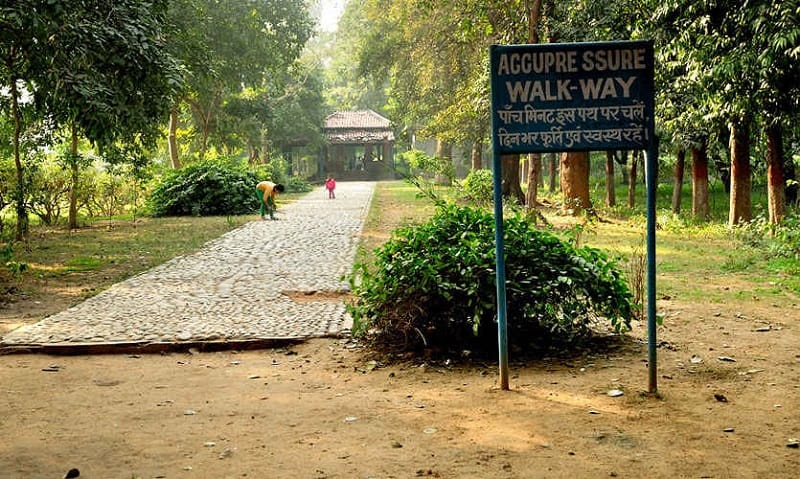
11. Chashme Shahi Garden, Srinagar, Jammu and Kashmir
The garden was constructed by Ali Mardan Khan. Rupa Bhawani discovered the spring here. The water that comes out of the spring in this garden is believed to have medicinal properties and the people who visit here, often seen filling water into vessels. It’s an exemplary blend of Mughal Architecture and Persian style.
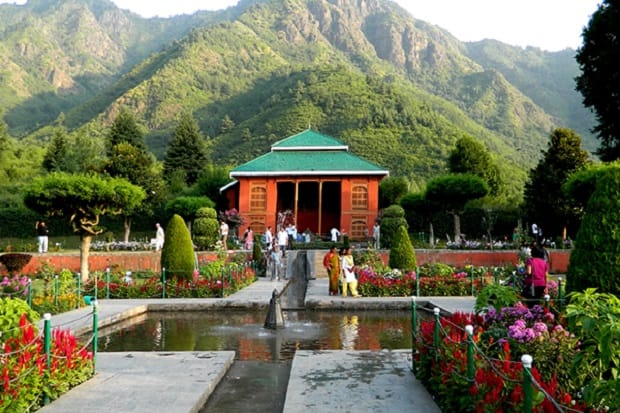
ADVERTISEMENT











